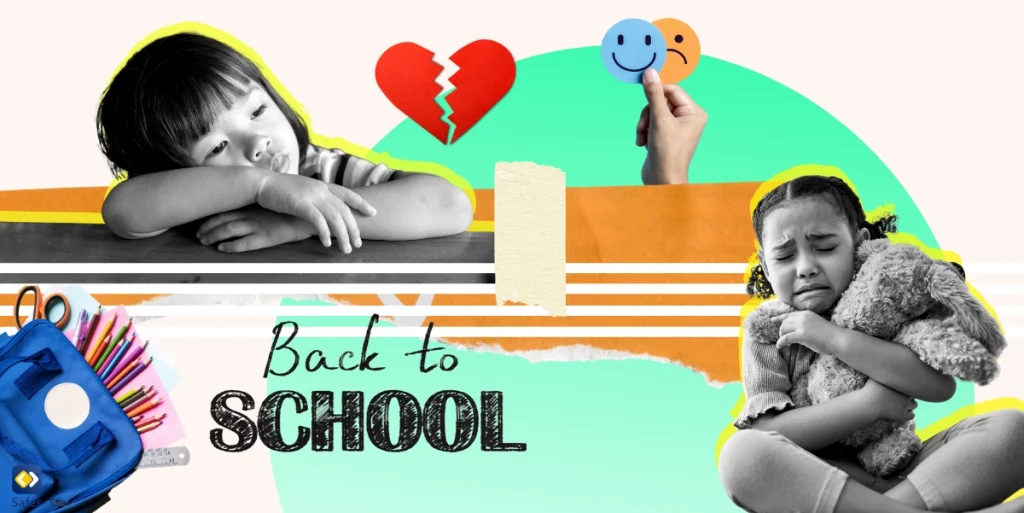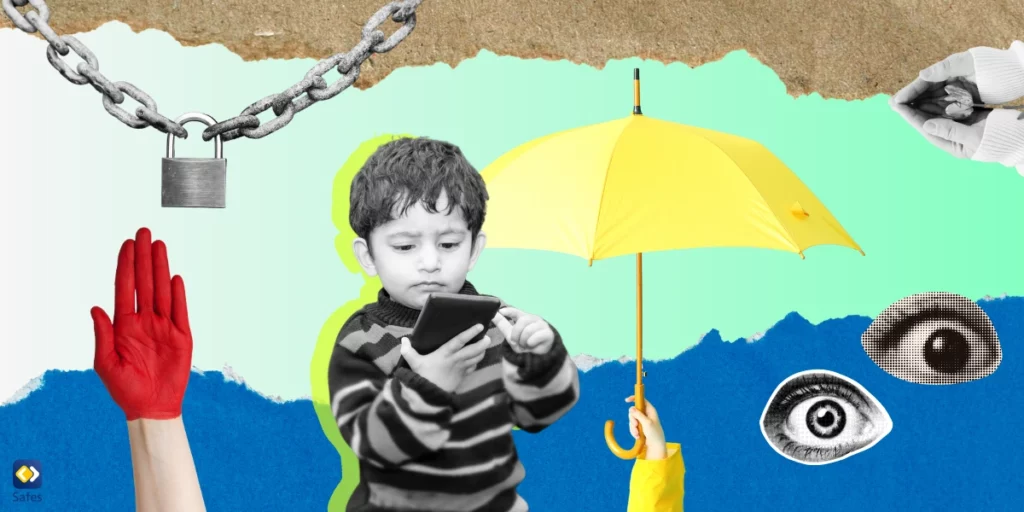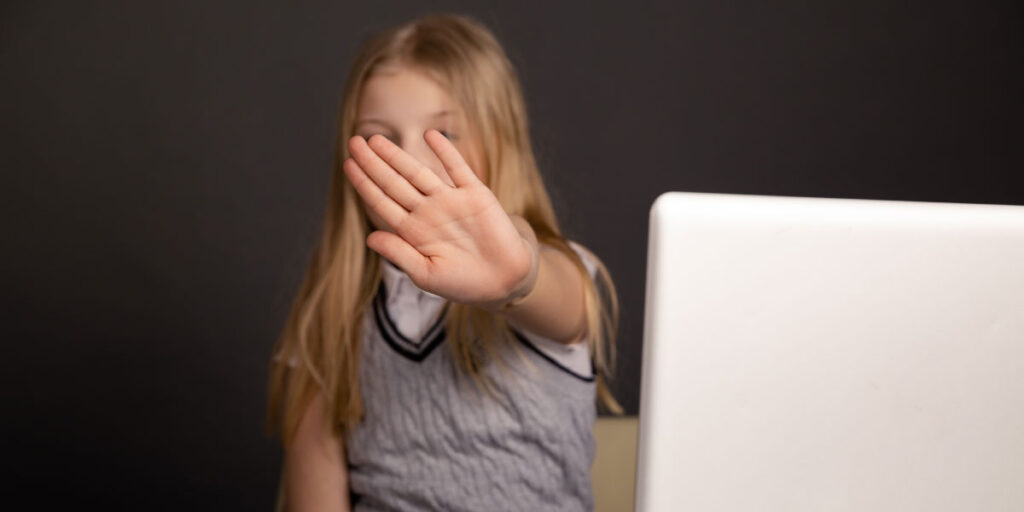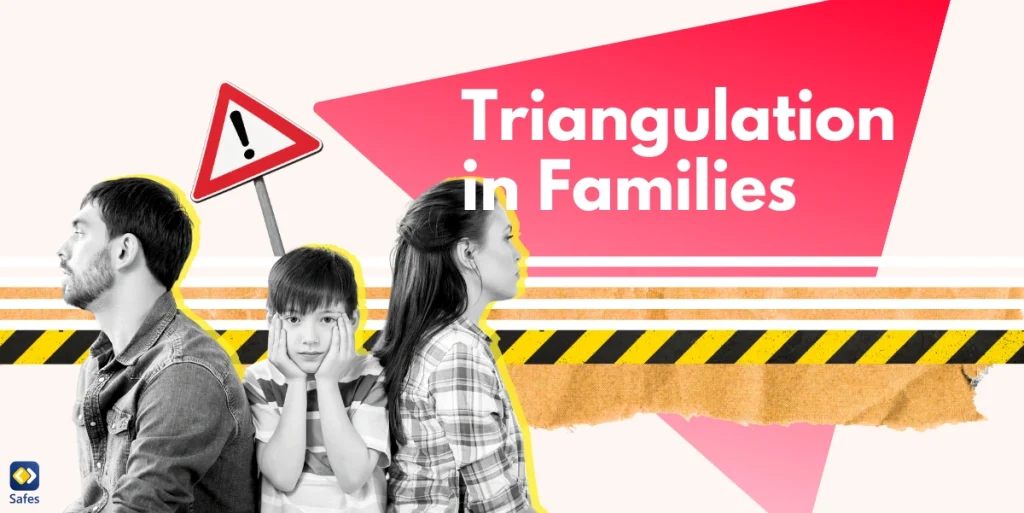As the festive season approaches, it’s not just about the sparkling lights and joyful gatherings; for many children, it can also bring an unexpected guest – the holiday blues. Here we delve into the nuances of these seasonal emotional shifts, exploring their triggers, symptoms, and most importantly, effective ways for parents to help their little ones navigate these turbulent emotional waters. Join us as we unwrap the layers of holiday blues and discover strategies to keep spirits high during these festive times.
Understanding Holiday Blues and Its Symptoms
What are the holiday blues? The term “holiday blues” encompasses a range of feelings, including stress, anxiety, and sadness, that often accompany the holiday season. To explore the holiday blues’ meaning further, this emotional state is not just a fleeting mood but a genuine experience that many face during this time. It’s marked by situational sadness, difficulty in concentrating, and irritability, often beginning in November and lasting until the start of the new year.
Symptoms to Watch For
Identifying the holiday blues involves recognizing symptoms that mirror the symptoms of depression. These include a general sense of malaise, fatigue, irritability, and challenges with concentration. People may also experience changes in appetite or sleep patterns, such as insomnia or altered eating habits. A feeling of being overwhelmed or stressed is common, as are feelings of worthlessness and a loss of pleasure in activities once enjoyed.
Triggers and Contributing Factors
Holiday blues can be triggered by a variety of factors. Stress about gatherings of families and friends, which might lead to arguments or tension, and financial pressures, especially due to holiday expenses, are common triggers. Additionally, the pressure to create a perfect holiday atmosphere and the memory of lost loved ones can exacerbate these feelings. Environmental factors, like reduced sunlight during winter, can also contribute to this condition.
Coping with Holiday Blues
The holiday blues, while temporary, can overlap with more severe mental health conditions like seasonal affective disorder (SAD) or clinical depression. It’s crucial to differentiate between these conditions based on the duration, intensity, and impact on daily life. If symptoms persist or are severe, seeking guidance from a healthcare professional is recommended.
Holiday Blues in Kids
Holiday blues aren’t reserved for adults; kids experience them too. That’s why parents should understand how children deal with holiday blues.
Understanding Kids’ Holiday Emotions
Holidays can bring a mix of emotions for children, especially when their usual routines are disrupted. The holiday season often entails changes in sleep patterns, weather, and social interactions, as children are on break from school and might see their friends less regularly. This disruption can contribute significantly to their stress levels. You have to remember, due to holiday blues, the mental health of your children is at risk. Parents need to recognize these shifts and maintain a consistent routine to help mitigate these negative feelings.
Navigating Family Dynamics
Gatherings of friends and family, while generally joyful, can sometimes lead to feelings of emotional disconnect in children. It’s not uncommon for kids to feel overwhelmed during this time, especially if they’re expected to interact with many family members or adapt to different households. Parents can help by keeping communication open and setting clear expectations about holiday plans, which can provide children with a sense of security and understanding of the changes around them.
Spotting the Signs
Keep an eye out for signs of holiday blues in your child, which may include feeling sad, withdrawal (including increased engagement with social media or TV), unexplained aches, changes in sleep or appetite, difficulty concentrating, feeling stressed, and irritability. If these symptoms persist beyond the holiday season or are particularly intense, it might indicate deeper issues such as depression or anxiety, and professional assistance should be sought. That’s why parents should also be familiar with the signs of depression in kids.
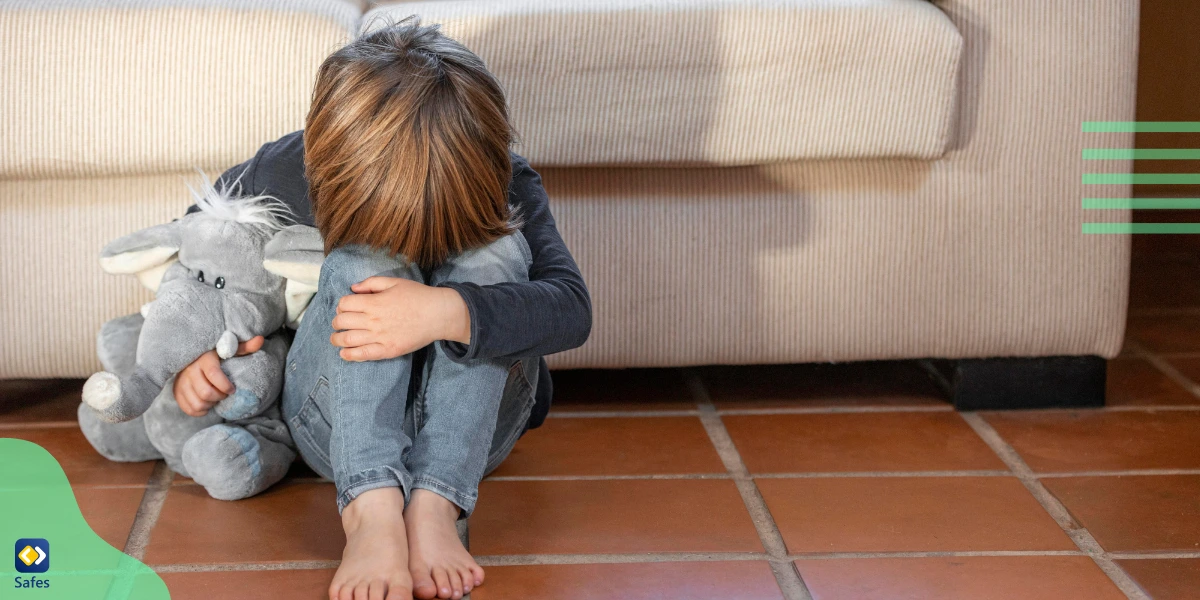
Social Media and Comparisons
In this era of social media, it’s also crucial to monitor how online interactions affect your child’s mental well-being. Comparisons with peers and portrayals of idealized holiday experiences can exacerbate negative feelings. Encourage open discussions with your child about their social media use and the feelings it may evoke during the holidays.
Dealing with Holiday Blues in Kids
Now that we know how holiday blues manifest in children. Let’s look at some of the ways we can help prevent or resolve holiday blues in kids.
Setting Realistic Expectations
One of the most effective ways to help children cope with holiday blues is by setting realistic expectations. The National Alliance on Mental Illness (NAMI) highlights the importance of managing unrealistic expectations in children during the holiday season. These can stem from over-commercialization or societal pressures. To counteract this, involve your children in holiday planning, discussing what is feasible regarding activities and gifts. This approach helps in aligning their expectations with reality, reducing potential disappointments.
Navigating Family and Social Dynamics
The holiday season often brings shifts in family dynamics and social interactions, which can be overwhelming for children. Encourage open conversations about holiday plans and winter activities and involve children in decision-making, including which friends or family members to visit. This inclusion not only helps them understand the holiday dynamics better but also gives them a sense of control and participation, easing feelings of anxiety or stress.

Maintaining Routine and Structure
A change in routine is a common trigger for holiday blues in children. Seattle Children’s Hospital suggests maintaining as much of their normal routine as possible, even during holidays. This might include consistent bedtime schedules, regular meals, and structured activities. Such consistency provides a sense of security and normalcy, helping children navigate the holiday season with less stress.
Identifying and Addressing Deeper Issues
It’s also crucial to differentiate between holiday blues and more serious issues like anxiety and depression. While holiday blues are temporary, depression is a more severe and long-term condition that requires professional attention. If you notice persistent signs of sadness, changes in eating or sleeping habits, or a loss of interest in usual activities in your child, it’s important to seek advice from a healthcare professional.
Fostering a Supportive Environment
Create an environment where your child feels comfortable expressing their emotions. Encourage discussions about how they’re feeling and validate their emotions. This can include acknowledging their disappointment, stress, or sadness, and offering support and understanding.
Holiday Sweets: The Harbinger of Holiday Blues
Imagine this: It’s the holiday season, and you’re surrounded by festive treats brimming with added sugars. It might seem like indulging in these sweet delights is part and parcel of the holiday cheer, but researchers from the University of Kansas have something interesting to say about this. In their 2019 study, published in the journal Medical Hypotheses, they delve into how these added sugars in our holiday treats could be affecting our mood more than we realize.
The study suggests that the consumption of added sugars, a staple in holiday sweets, could set off metabolic and inflammatory processes in our bodies. These processes are closely linked to feelings of depression and negativity. So, while we often associate the holiday season with joy and merriment, the study reveals a potential hidden side effect of our festive indulgences. By consuming high amounts of added sugars, we might inadvertently be contributing to a decline in our mood. This intriguing research offers a new perspective on the classic holiday experience, highlighting an important connection between our diet and our mood during these festive times.
Safes: Your Partner in the Holiday Season
Holidays are synonymous with hectic schedules, and that’s part of the reason people, particularly kids, deal with holiday blues. Not seeing friends and being away from the schooldays routine make kids anxious and more prone to feelings of sadness and depression. That’s why parents can deal with holiday blues by trying to stick to a routine that’s not too different from their kids’ usual one.
Here comes our parental control app, Safes. By limiting screen time and enforcing bedtime, parents can maintain a routine similar to their children’s school days. Also, with the app’s monitoring of the content the kids see on the internet, parents can make sure their children are safe while communicating with their friends on social media and messaging platforms.
If you’re looking for something that takes Windows parental controls or iPhone parental controls to the next level, you can start your free trial of Safes today!
Wrapping Up
As we conclude our journey through understanding and managing the holiday blues in children, remember that the festive season, while magical, can be a rollercoaster of emotions for our little ones. By recognizing the signs, maintaining routines, and fostering open communication, we can help them navigate these feelings. Let’s make this holiday season a time of joy, understanding, and emotional well-being for our children.
